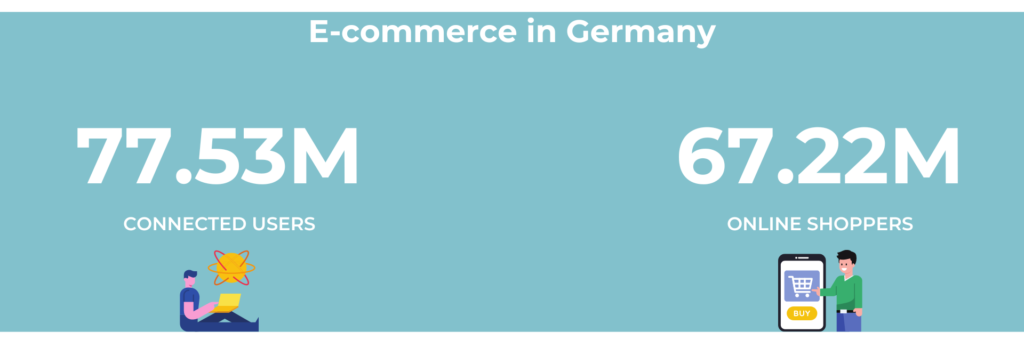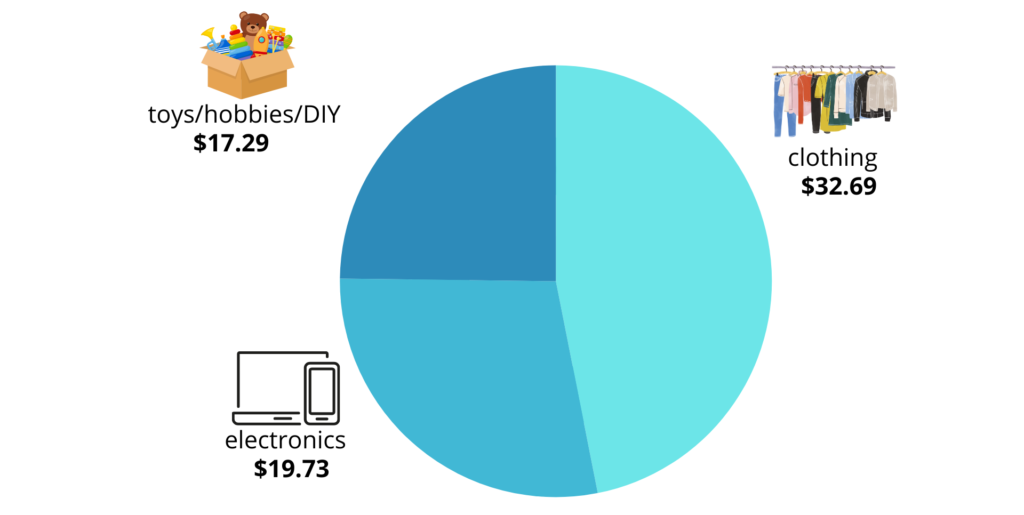Why and what to sell online in Germany
Where and how to sell online in Germany
To sell online in a foreign country, and therefore also in Germany, there are two parallel paths that can be pursued:
-
Develop and promote a proprietary e-commerce website. In this case, a substantial investment in brand awareness and SEO activities is required.
-
Sell through marketplace platforms, such as Amazon, eBay, and Zalando. This is a strategy that allows reaching millions of potential customers, usually in a shorter time and with less demanding investments. Marketplaces are, in fact, the simplest way for many companies. An example? In Italy, 70% of over 3,500 eBay professional sellers export to more than 10 countries. In 2018, Germany was the country where eBay sellers sold the most (France is in first place).
The ranking of the most popular online sales channels in Germany
In the complex world of marketplaces, choosing the right online sales platforms can be a difficult journey. This article on the 3 tactics for choosing the most suitable marketplaces for your brand can provide useful insights.
If we consider traffic data, the most popular platform by far is Amazon, with an average of 342.7 million monthly visits. In second place is the generalist eBay, which, however, has 140 million visits. Both platforms have seen a decrease in visits compared to the last two years.
The third position is occupied by the German platform Otto. It is a generalist site active in over 20 countries. Otto offers millions of products, targets an audience of over 11 million active customers, and has 44.2 million visits.
In fourth place is Zalando, the famous German marketplace that attracts over 32.6 million visits every month, especially in Germany.
In Germany, as well as in other countries, the entry of Temu has resulted in changes to the overall ranking. This year, it occupies the fifth position, with almost 30 million monthly visits, causing Kaufland to drop out.
To obtain a complete list of e-tailers worldwide divided by product category, you can download the Complete Marketplace Map.
5 tips for selling online in Germany on marketplaces
Before entering the German market, it is essential to:
-
Investigate the preferences and online purchasing behaviors of users. For example, it might be useful to know that, unlike other Europeans, Germans prefer to receive orders at a pick-up point. Or that 40% prefer to pay after the purchase. Or that Germany has the highest return rate (53%), due to both local payment preferences and return policies launched by Zalando.
-
If shipments originate from Italy, it is not necessary to have a local VAT number, which becomes necessary if you decide to optimize sales and thus have a warehouse on-site.
-
Localize content to the local language; texts should not just be translated but also adapted in a natural way to the vocabulary of German buyers.
-
Establish adequate logistics organization; that respects the rules of each platform and the expectations of consumers, who are increasingly accustomed to fast and efficient deliveries.
-
Provide customer service in German; to support customers in any request for information or return procedure.
Many Italian brands use the YOCABÈ platform to sell online abroad without having to worry about translations, shipments, publishing catalogs in different languages, and international invoicing.




